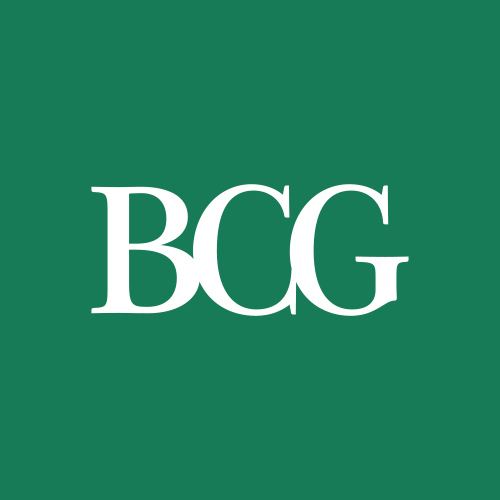Website bcg.com Founded 1963 Type Privately held company | Area served All Sovereign Nations Revenue 5 billion USD (2015) Number of locations 88 | |
 | ||
Number of employees 6,200 consultants worldwide (12,000 total staff) Profiles | ||
Episode 96 how the boston consulting group bcg growth share matrix works
The Boston Consulting Group (BCG) is an American worldwide management consulting firm with 88 offices in 48 countries. The firm advises clients in the private, public, and not-for-profit sectors around the world, including more than two-thirds of the Fortune 500 and is one of the 'Big Three' strategy consulting firms (MBB). Considered one of the most prestigious management consulting firms in a branche-internal survey, BCG was ranked third in Fortune's "100 Best Companies to Work For" in 2016.
Contents
- Episode 96 how the boston consulting group bcg growth share matrix works
- History
- Awards and recognitions
- Recruitment
- Growth share matrix
- Experience curve
- Advantage matrix
- Books
- Perspectives
- References
History
The company was founded by Bruce D. Henderson, a Vanderbilt University and Harvard Business School alumnus. After many years in the purchasing department of Westinghouse in Pittsburgh (where pricing behavior gave him the idea of the experience curve), he joined Arthur D. Little in Cambridge, Massachusetts. He was then recruited by The Boston Company, where he founded a one-man, one-telephone consulting unit he named Boston Consulting Group.
In 1975, Henderson arranged an employee stock ownership plan, and employees spun-off BCG from The Boston Company. The buyout of all shares was completed in 1979.
In January 2013, Rich Lesser became the sixth president and chief executive officer of BCG.
In June 2016, the Boston Business Journal reported BCG would be consolidating their two Boston offices and moving into a new 13-story, 370,000 square foot building on the city's South Boston Waterfront. The headquarters will be located at the site of the former Anthony's Pier 4 restaurant and it is due to be completed by June 2018.
Awards and recognitions
BCG received the number 1 spot in Consulting Magazine's 2016 "Best Firms to Work for" ranking. BCG also won this recognition in Consulting Magazine's 2014 "The Best Firms to Work For" ranking, in the edition released in September 2014. Fortune Magazine ranked BCG second in its 2011- 2012 lists of the "top 100 best companies to work for". The 2016 rankings by Fortune listed BCG as the third "best company to work for." and in 2015 BCG ranked second. BCG has also been listed in Consulting magazine's "Best Firms to Work For" list every year since 2001, received a perfect score on the Corporate Equality Index formulated by the Human Rights Campaign for the past six years, and been rated by Working Mother magazine as one of the "best companies" for working mothers for the past six years.
Recruitment
BCG's recruiting process is notoriously demanding, typically taking candidates through multiple rounds of case and experience-based interviews. In 2013, career review site Glassdoor ranked BCG as the 3rd most difficult company with which to interview.
"Growth-share matrix"
In 1968, BCG created the "growth-share matrix", a simple chart to assist large corporations in deciding how to allocate cash among their business units. The corporation would categorize its business units as "Stars", "Cash Cows", "Question Marks", and "Dogs" (originally "Pets"), and then allocate cash accordingly, moving money from "cash cows" toward "stars" and "question marks" that had higher market growth rates, and hence higher upside potential.
Experience curve
The experience curve illustrates that the more often a task is performed the lower the cost of doing it will be. The task can be the production of any good or service. Each time cumulative volume doubles, value-added costs (including administration, marketing, distribution, and manufacturing) fall by a constant and predictable percentage.
BCG founder, Bruce Henderson, expounded the implications of the experience curve for strategy. BCG research concluded that because relatively low cost of operations is a very powerful strategic advantage, firms should capitalize on these learning and experience effects.
Advantage matrix
In this matrix, the two axes are economies of scale and differentiation. The four quadrants formed are called "Volume", "Stalemated", "Specialized", and "Fragmented".
Books
Perspectives
In 1964 BCG began mailing concise essays designed to stimulate senior management thinking on a range of business issues. The pieces would be called Perspectives. Considered provocative ideas on business, BCG founder Bruce D. Henderson referred to them as "a punch between the eyes."
Example Perspectives are:
